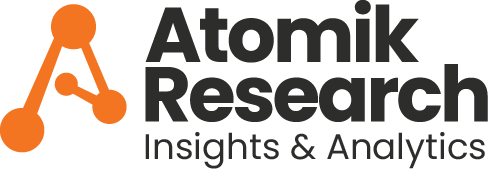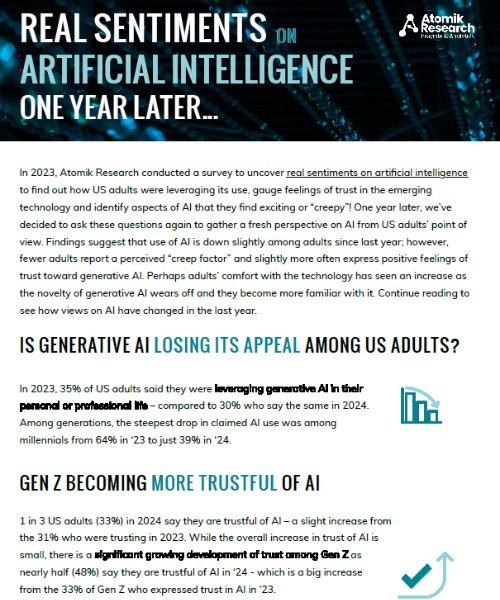What Is a PR Survey?
A public relations survey, often called a PR polling survey, is a tool used by brands and agencies to gather valuable information about their target audience, uncover emerging trends, and shape effective PR strategies. In the modern media landscape, data-driven insights can make or break a marketing strategy—and public relations surveys are one of the most reliable ways to glean those insights.
This blog post will explain what a PR survey is, why it matters, and how PR survey companies use them to enhance PR research and build compelling campaigns.
Defining a PR Survey
A PR survey is a type of market research specifically designed to inform public relations efforts. The goal is to collect feedback from a carefully chosen group of participants—often referred to as the respondents to your consumer survey—to learn about their opinions, behaviors, and preferences. The data gathered then becomes a powerful tool for shaping story angles, crafting brand narratives, and building relationships with media outlets.
Here are common use cases of organizations employing PR surveys:
- Market Research Foundation: While most surveys aim to provide broad consumer insights, a PR survey focuses on questions that generate newsworthy findings and valuable information for storytelling.
- Media-Friendly Data: A well-executed PR survey produces statistically significant survey results that can be shared through blog posts, press releases, and even mainstream media coverage, including broadcast TV and/or radio.
- Versatile Applications: Whether you’re announcing a new product, identifying consumer pain points, or highlighting industry trends, PR surveys can be adapted to fit a wide range of brand objectives.
Why PR Surveys Are Crucial for Modern PR Strategies
Public relations strategies thrive on credible and compelling content. Survey responses often reveal the pulse of public opinion, turning raw data into engaging narratives. Here’s why they’re a cornerstone of many contemporary PR campaigns:
- Newsworthy Angles: Media outlets are more likely to cover stories backed by concrete data, making your brand’s pitch more appealing and authentic.
- Targeted Insights: Because you can direct your questions to specific demographics or geographical regions, it’s easy to tailor your findings to various audiences, creating a more focused marketing strategy.
- Versatile Formats: Once you have your survey results, you can transform them into infographics, whitepapers, case studies and blog posts, maximizing the exposure of your message across social media and traditional media channels.
How Surveys Work: The Basics
If you’ve ever wondered how public relations surveys function, it boils down to a few straightforward steps:
- Define Objectives: Clearly outline what you want to learn. Are you exploring consumer opinions on topics, gaining a level of understanding of themes that impact business objectives, or measuring brand sentiment?
- Create a Survey: Draft questions that align with your objectives. Keep them clear and concise, ensuring they reflect the narrative you hope to build.
- Select a Survey Company or Platform: Many organizations partner with a survey company or agency to ensure questions are unbiased and data collection is robust.
- Distribute to Respondents: Share your questionnaire via trusted online panels. Consider the demographics and psychographics of the respondents to your survey to get the most accurate feedback.
- Analyze the Data: Once you have sufficient survey responses, interpret the findings to extract newsworthy insights and angles.
- Communicate the Results: Present your case study or findings in various formats, from press releases to blog posts, making sure the data is both engaging and credible.
Best Practices for Effective PR Surveys
While PR survey companies and agencies each have unique approaches, certain best practices ensure your PR survey hits its mark:
- Keep It Brief: Shorter surveys typically yield higher completion rates. Aim for clarity in each question to maintain engagement.
- Ask Relevant Questions: Tailor your questionnaire to the objectives of your PR campaign. Random or vague questions can dilute the impact of your survey results.
- Use Representative Samples: Ensure your respondent pool reflects your target demographic. This helps you capture genuine target audience perspectives.
- Prioritize Data Integrity: Work with established PR survey companies or a reputable survey company for accurate data, especially if you need to highlight statistical significance in media pitches.
Turning Insights into Action
Collecting data is only half the battle. The real power of a PR polling survey lies in how you use the findings. Here are ways to transform insights into compelling PR content:
- Press Releases and Blog Posts: Break down key statistics in a concise format. Quotes from an internal subject matter expert can make the data more relatable.
- Infographics and Visuals: Translate numbers into eye-catching images for social media. Visual content can bolster shareability and viral potential.
- Media Outreach: Pitch relevant angles to journalists or influencers who cover your industry. Highlight the novelty or relevance of your survey results to secure coverage.
- Long-Term PR Strategies: Incorporate your findings and data analytics into a broader marketing strategy, using them to shape brand messaging, product development or targeted campaigns.
When to Consider Professional Assistance
While it’s possible to create a survey in-house, partnering with a specialized agency or survey company can make a world of difference, especially if you need robust data for a significant announcement or brand repositioning. Experienced professionals in PR research and market research often employ best-in-class methodologies and offer expertise in analyzing, interpreting and publicizing survey results effectively.
With over 15 years of experience in the field, many PR survey companies bring a level of strategic insight that can elevate your entire campaign—helping you unearth new angles and ensuring your narrative resonates with the audience you want to reach.
Final Words
So, what is a PR survey? In essence, it’s a specialized form of market research designed to provide valuable information for public relations surveys, ultimately driving media coverage and shaping brand perception. By conducting a PR polling survey, you can collect feedback from your target audience, discover fresh angles for content, and bolster the credibility of your PR strategies. Whether you’re managing the process in-house or working with a professional survey company, the right approach to surveys can turn raw data into a compelling, newsworthy narrative that fuels your brand’s growth.







